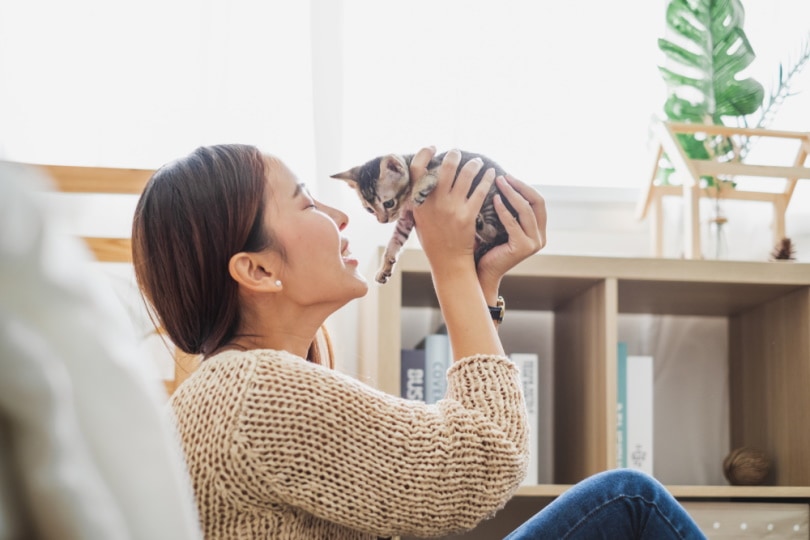11 Surprising Orange Cat Facts: Traits, Coat Patterns & Behavior
By Ashley Bates
Updated on
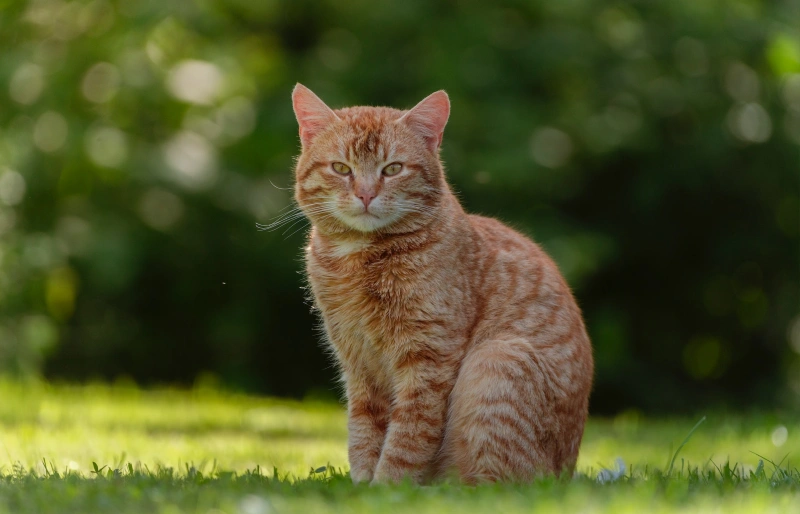
All coat colors are unique. Science has even proven over time that certain coat colors could very well contribute to certain personality traits. For example, gray cats have the highest scores for being shy. Calicos and torties tend to be bold, active, and independent.
Orangies, on the other hand, have sweet, outgoing personalities. They are revered for their ability to connect with their humans. But that’s not all! There are tons of other fun facts about orange kitties, so join us as we explore more!
The 11 Orange Cat Facts:
1. Most Orange Cats Are Boys
Thanks to genetic science, we know that 80% of all orange cats are actually boys. If you find a female, this is certainly a rare occurrence, though not rare enough to be financially beneficial.
Like humans, female cats have XX chromosomes and males have XY chromosomes. The gene responsible for the color orange is found on the X chromosome, so a male kitten only needs to inherit one X chromosome to become orange, while a female needs to inherit two.
To put this in perspective, one out of every five orange cats is a female. Therefore, it is far more likely to get a male.
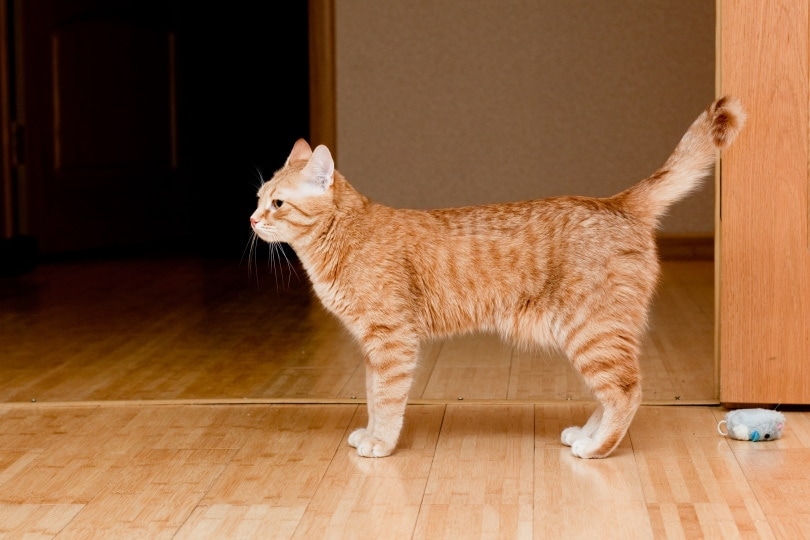
2. Orange Cats Aren’t Their Own Breed
Orange is simply a tabby coloration. It isn’t actually a breed. In fact, nearly all cats can have the orange gene with the right genetic makeup. However, the color can vary drastically from very light (almost cream) to burnt orange.
3. Some Purebreds Are Prone to Orange Fur
The orange coat is not a standard of a particular breed in itself. It is simply a distinct feature of the individual kitten. Certain cats with this color show up in the breed more than others.
- Abyssinian
- Maine Coon
- Persian
- British Shorthair
- American Bobtail
- Bengal
- Munchkin
- Somali
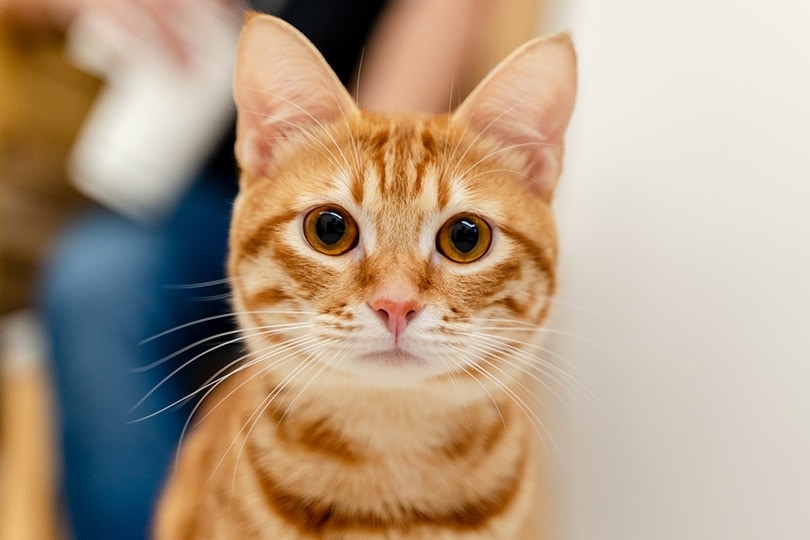
4. Orange Cats Are Never Solid Colors
As much as it might seem like there would be such a thing as a plain orange cat without stripes, that is simply not the case. All orange cats have tabby makeup—meaning even cats that appear solid colored will always have the classic M marking on their forehead and likely very faint banding.
5. The M on the Forehead Has Spiritual Significance
Legend has it that when baby Jesus was in the cradle, he began shivering. When Mary could not console him, she looked around at the barnyard animals to see who could help.
An orange cat volunteered to cradle baby Jesus with their warmth. Because of the help of the brave tabby, Mary marked its forehead with her initial. While there is no evidence of this in scripture, it’s an interesting story.
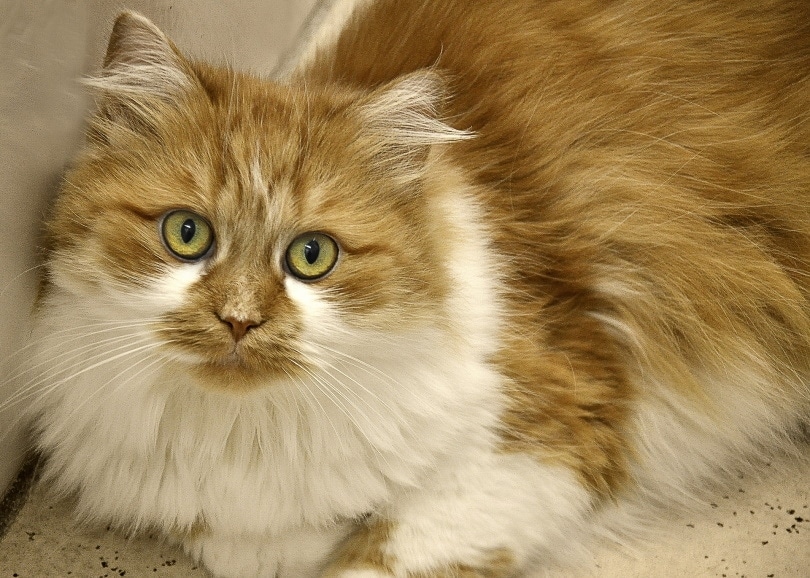
6. These Cats Have Four Distinct Patterns
Tabby cats have four distinct color patterns that differentiate them from the others. Here they are!
- Classic: The classic tabby, also referred to as blotched tabby, is considered a classic tabby cat. Rather than having distinct “lines”, these tabbies have swirled or curved bands.
- Ticked: Ticked tabbies have deceivingly solid coats—but check out the classic M on the forehead. These kitties are actually tabby! The markings usually appear darker on the legs as well. An Abyssinian is a great example of a ticked tabby cat.
- Mackerel: The mackerel is a prevalent tabby type, with broken stripes around their bodies.
- Spotted: Rather than having swirls or stripes, the spotted tabby has a wild vibe, sporting spots of darker color on the fur.
7. Orange Cats Have a Trait In Common with Redhead Humans
Cats and redheads can both get freckles, but have you ever bridged the two? There’s a specific feature about the red hair gene that makes it so likely that the person or cat with red or orange hair will also have freckles. It is something called epidermal melanocytes that overproduce melanin.
So, your kitty can get adorable freckle-like markings visible on their noses, mouths, and paws.
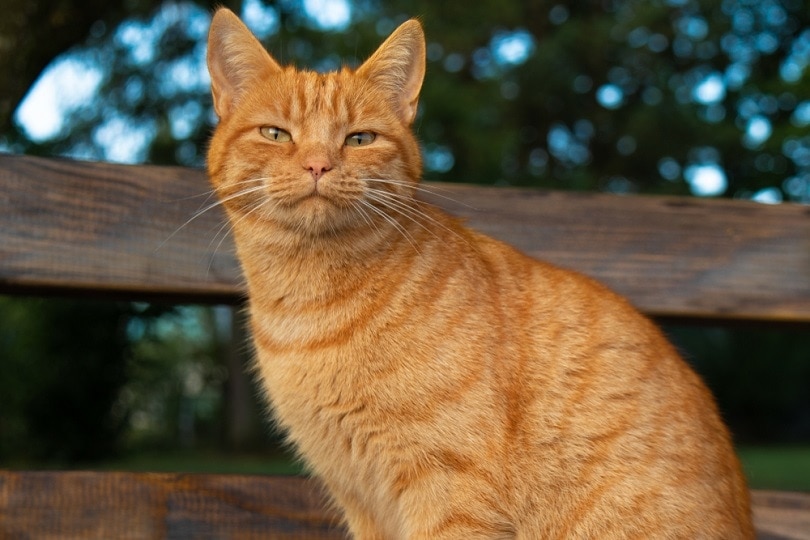
8. Several Orange Cats Have Appeared on the Big Screen
When you think of some orange cats that are on the big screen, who do you think of first? Morris the Cat? Garfield? Milo?—the list goes on! Orange cats are certainly a popular choice for movies and TV shows, likely due to their agreeable nature and adorable appearance. Let’s not forget how common this coat color is, either!
9. Orangies Can Be Larger Than Some Other Cats
Orange cats, especially the males, are generally very large in size—if we’re talking about domestic house cats of no particular breed. This isn’t always the case, of course, but it certainly happens often.
Orangies are also very prone to weight gain, so be sure to portion food correctly. Obesity can lead to a whirlwind of other health issues that can affect the organs and tissues. Orangies seem to gain weight after spay or neuter surgery especially.
Just make sure they get plenty of exercise!
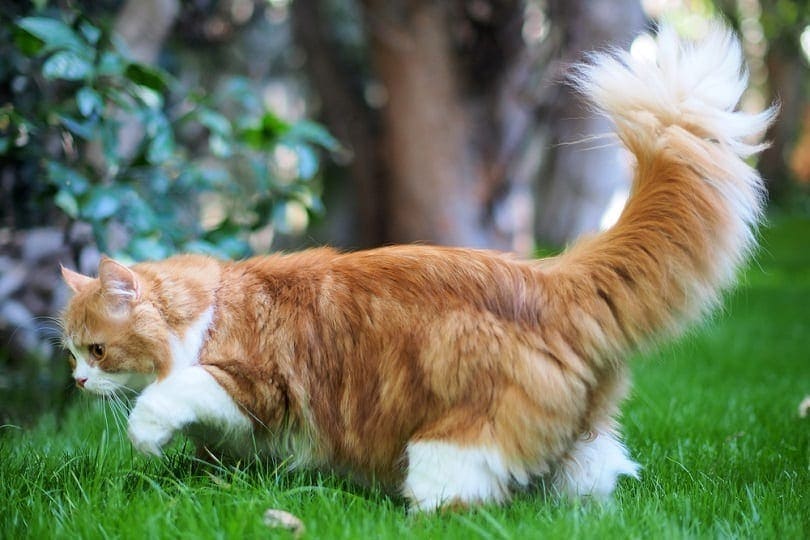
10. Orange Cats Can Be More Vocal Than Some Other Colors
Oranges are well-known for communicating with their humans. But tabby cats in general are pretty good about being vocal. You will notice black and gray tabby cats are just as likely to chatter away with their human friends.
11. Orange Cats Are Often Lap Cats
Orange cats are already known for being very affectionate. So, we’re going to take it a step further. Often, your orange cat will follow you around the house and demand attention. Their favorite times will likely be when you’re ready to settle down for the night, snuggling up in your bed or on the couch for some late-night shows.
Though, we must point out females are often slightly more aloof than their male counterparts—so consider the individual cat.
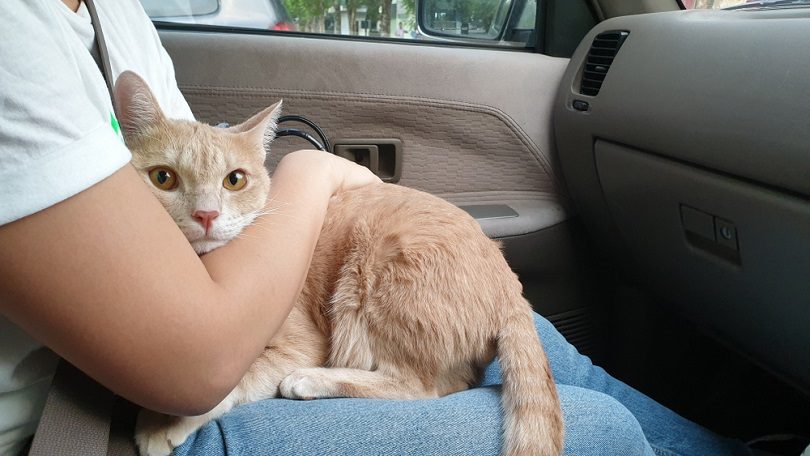
Conclusion
Now, you can take away some new information about this cool cat color. Whether you have a special place in your heart for orange cats or you have one yourself—it doesn’t matter! You can appreciate all the details about them.
Of all the new things you learned about oranges today, what surprised you most?
Featured Image Credit: Robert Laszlo, Pexels


